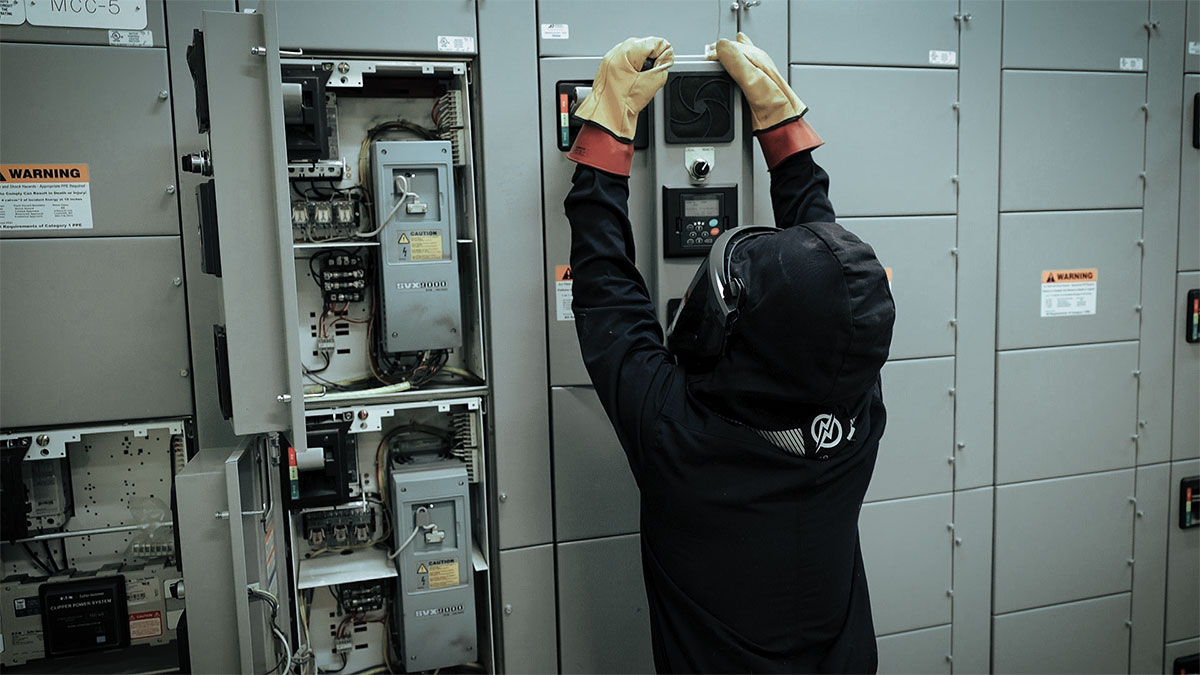It’s a pleasure to be among the first to participate in the IAEI web blog. For those of you who know me, you know I’ll be writing about Product Safety. My goal is to provide an inside look at this profession, drawing from the experiences and issues we deal with regularly. Since Product Safety is a specialty area, many of the things we do and the situations we encounter are not widely known. In an attempt to tell some stories about this work, it will be necessary to change or omit names of individuals, companies, and locations in the interest of privacy and discretion. I’m hoping as we move forward that others will comment and add to the discussion. Also, I’ll be looking for input from any of you reading this, in case you are interested in a particular aspect of Product Safety. If I’m not sure about the issue or answer, I’ll check with my colleagues and friends for help.
“It’s just two little wires.”At a window blind manufacturing plant, we found a long list of issues to be corrected. Some of these were the usual non-compliances: incorrect grounding, non-certified components, certified components used incorrectly, and access to live parts. I remember one instance where an operator could reach into a control panel that had live parts easily within arm’s reach. Of course, the solution was simple: install a door on the cabinet and secure the cover so that it required a tool or key to open it. Also, the required markings needed to be put into place, advising anyone opening the cabinet to disconnect from power before servicing. It’s interesting to consider that these kinds of warning markings serve two purposes: to protect workers from electrical shock, and to protect the owner of the workplace from legal challenges in case these warnings are ignored.
The shift supervisor was put in charge of helping us correct the list of problems, although he wasn’t happy about the interruption this represented. And because sometimes a little knowledge can be dangerous, he wanted to argue about the issues we had uncovered and the corrections needed. (He had no real electrical knowledge). One item on the issues report noted that there were exposed 120-V terminals on a small crane about 15 feet above the floor. He said “What do you mean exposed 120-V?” I pointed to the end of the crane assembly and said, “See those two little shiny points up there? Those are exposed 120-V terminals.” He replied, “Nobody’s ever going to be up there, except maintenance people.”
What he didn’t realize was that the maintenance man on shift was standing right behind him. “Maintenance people have families too,” was the maintenance man’s response. The shift supervisor was embarrassed and quickly left the area, leaving us with the maintenance guy to work on correcting the rest of the items on the issues report.
“It’s not what you don’t know, it’s what you ‘know’ that ain’t so.” A recurring problem in the world of product safety concerns people who want to make decisions about safety who are actually ignorant of the subject. People and organizations who have no business making decisions about electrical safety need to be exposed and their ulterior motives revealed. Check back for the next entry.
Read more by Greg Smith














Find Us on Socials